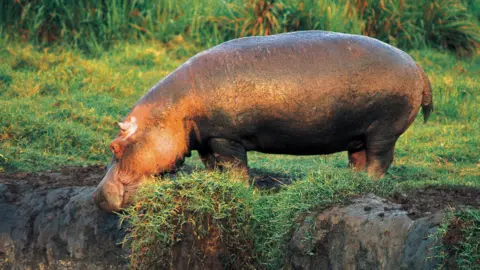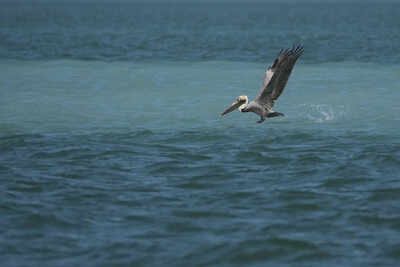Fifty Hippos Fall Victim to Anthrax Outbreak in DR Congo

A heartbreaking outbreak of anthrax in Virunga National Park, located in the eastern Democratic Republic of Congo, has led to the tragic deaths of at least fifty hippos, along with several other large animals. Virunga National Park is renowned not only for its stunning biodiversity but also as a critical habitat for nearly a third of the world's remaining mountain gorillas and a thriving population of over 1,000 hippos.
The parkâs director, Emmanuel De Merode, confirmed the grim news, stating that efforts are currently underway to recover and properly bury the deceased animals in order to prevent any further spread of the disease. However, these operations are hindered by logistical challenges, particularly the absence of excavators to assist in the burial process. De Merode emphasized to Reuters, âItâs difficult due to lack of access and logistics.â
Photographs released by Virunga National Park depict the tragic sight of motionless hippos floating along the Ishasha River, a scene that has become increasingly distressing for conservationists and park officials alike. The first reports of these dead animals began to surface last week, sparking urgent concern about the health of the local wildlife population.
The precise cause of the anthrax outbreak remains unclear; however, laboratory tests have confirmed the presence of the bacterium Bacillus anthracis, which is responsible for the disease. Generally, anthrax can be deadly for animals and humans alike, but it is not easily transmissible in the manner of contagious infections. Instead, the spores of the bacterium can survive in the soil for years, waiting for an opportunity to infect an animal through inhalation or through a break in the skin.
In response to the outbreak, the Congolese Institute for the Conservation of Nature has issued a warning to local residents, advising them to steer clear of wildlife and to boil water obtained from local sources before consumption to mitigate potential health risks.
Covering an impressive area of 7,800 square kilometers (approximately 3,000 square miles), Virunga National Park is celebrated for its remarkable biological diversity, making it one of Africaâs most significant national parks. However, it is also recognized as one of the most perilous, with ongoing conflict between various rebel groups and the Congolese army casting a shadow over its natural beauty.
The region is fraught with danger, as thousands of armed militants from different factions roam the park, vying for control over its rich and valuable resources. Tragically, many park rangers have lost their lives in the line of duty while striving to protect the wildlife and preserve the natural ecosystem of Virunga.
Over the years, concerted efforts have been made to restore the hippo population in the park, which has witnessed a staggering decline from over 20,000 to just a few hundred, primarily due to poaching and the ravages of warfare. The recent anthrax outbreak adds a new layer of concern for conservationists who are working tirelessly to protect these magnificent creatures and their habitat.


























